|
Scent Theory
Scent Theory - Wind/Air Conditions Search and Rescue K9 Handlers need to always be aware of surface winds. You should always try to position your dog to be downwind from all portions of portions of your assigned sector during a search. Some days are harder for the dogs because of turbulance and wind conditions which may cause the dog and handler to miss the scent plumes. Scent Theory - Plume Patterns
If the wind is blowing into an obstruction, the scent can be scattered.
Scent can rise from it's source, return to the ground forming a scent pool, rise again and fall. This is called looping.
Three things that need to be taken into consideration when thinking about how the sun affects scent.
Ultraviolet waves are destructive to all organic matter. It is what causes skin cancer and fading of material, and can quickly kill bacteria. UV rays are always present, even on cloudy days, though not as intense. Infrared is the heat component of light energy. It can be helpful on a search early on, but can also be a disadvantage after a few hot days. Heat will stimulate the propagation of bacteria which causes scent to be released, but after long exposure, the heat will kill the bacteria, which causes the scent. Once all the water is released out of the cells, scent will still be released, although your dog will need to be almost on top of the remains to pick up the scent. Intensity and duration are pretty obvious. The stronger and more intense the UV and infrared exposure will determine the effect upon the scent. Another words, if the temperature is over 75 for more than one day, the second day of the search, the scent will be greatly effected by UV and Infrared.
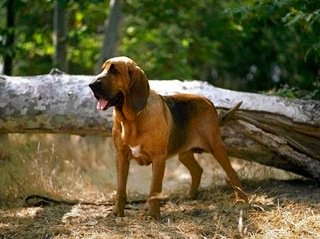
Heavily foliage can be of help and can keep the ground area cooler and protected from UV/IR, therefor prolonging the breakdown of bacteria. Rain/Humidity It is best to wait until the rain slows down to a drizzle or stops, to give the scent time to become enhance again by temperature rise. Humidy is water that has formed into such tiny droplets that is becomes suspended in air rather than dropping to the ground. Fog forms when warm, moist air is moving over cool ground. It is important to observe the movement of fog because the scent will move with it. Depending on when the scent was laid, the fog cloud play a role in it's movement. If it was 2 hours or earlier before the fog cloud formed, then the fog will tend to keep the scent close to the ground…within an hour, the fog cloud may hold the scent and shift to the edge of the fog cloud. Once the fog dissipates the scent will again fall to the ground.
The speed of a vehicle passing by is important, as well as the type of vehicle… was it a bike, or a car? Both will cause the scent to swirl to the rear and upwards, but volume and speed can play a role in how far the scent travels. Return from "Scent Theory" to "Education"
|
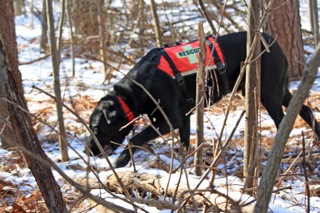
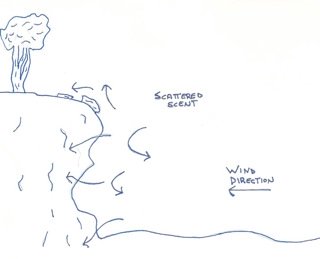
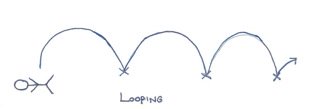
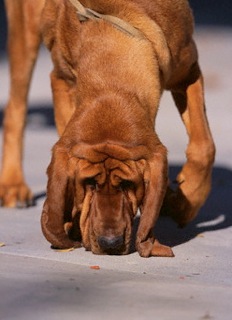 Traffic
Traffic